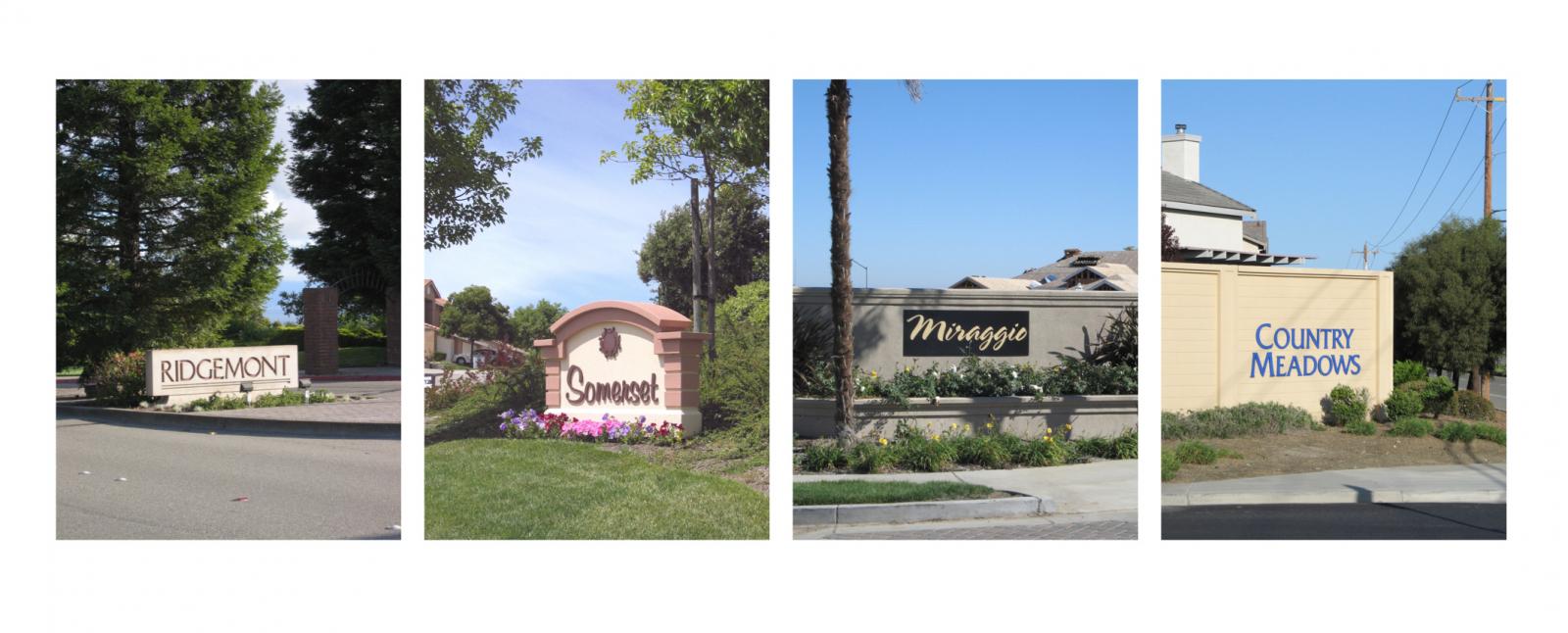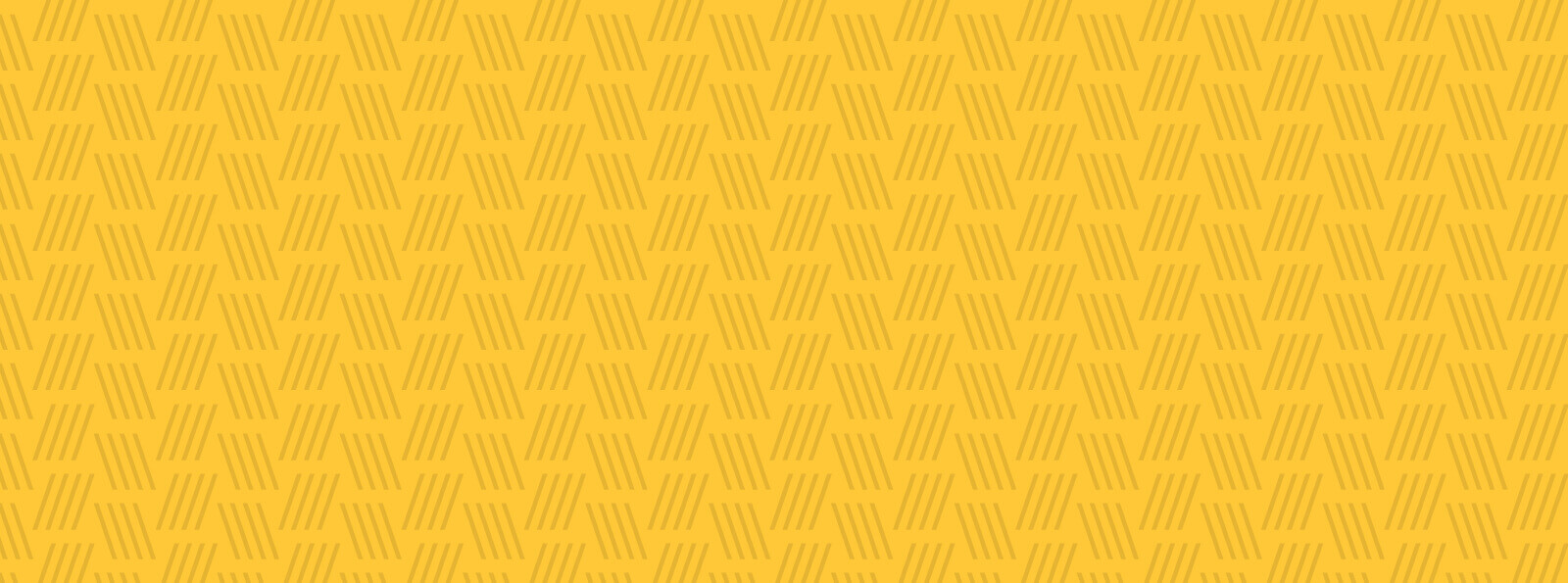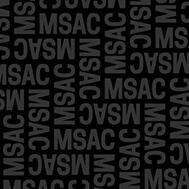About the Artist
I am a Baltimore-based photographer whose work has been exhibited at the Oakland Museum of California, SF Camerawork, the SFMOMA Artist Gallery, 3A Garage: Architecture, and the University of Nevada Reno's Exit Gallery, and published in Arc Ca, Architecture, Dwell, Photo Metro, and Photo News. My work overlaps both the silver and digital eras: from early lyrical landscape work and plastic camera explorations to large format architectural work to later conceptual work done with digital tools. Here is a quick outline of the the most important work I have done over the last 20 years or so, in chronological order: • 20th Century Ruins makes heroes out of decaying mid century architecture. • A response to the 9/11 attacks, Latent uses a lyrical vision in the service of a cautionary message. • 40 Monuments to Progress uses careful formality in a deadpan look at bits and pieces of infrastructure. • My first digital project, Ridgemont is a catalog of suburban neighborhood signage, assembled to show the irony and absurdity inherent in the subject. • Having fully embraced a serialized, typological approach with Ridgemont, I applied it to a range of other subjects in Ridgemont Typologies, assembling these groups into grids that comment on the excess and redundancy of consumer society. • Several of the typologies have become separate groups of their own. Account Control Technology is formally similar to Ridgemont - signage in its environment - but here the subjects are found in office parks and outside corporate facilites. Currently I am working on a catalog of office park architecture and a series on billboards. Baker Artist PortfolioArtist's Statement
Sample Artist Statement (Ridgemont Typologies): The typological array’s inherent ability to depict prevalence and repetition make it the perfect technique for examining the excess, redundancy, and meaningless freedom of our current age of consumption. Part of my intent with this work is to answer the question implied by the title of Robert Adams’s book What We Bought: If there is some kind of big sellout occuring, what are we getting in the deal? The typological form acheives an uncanny synergy and resonance with this subject matter because it mimics the mental images I suspect many of us form as way ordering the chaos of abundance that surrounds us. We can’t help but form in our heads lists, groups and categories based on product, brand, price point, style, market segment, country of origin, etc. To see one of these turned into a group of images lined up together can be unnerving, though, as if actually seeing it in print allows us to see it, or rather, be confronted by it, in a way never possible when it’s just in our heads. We are presented with order, and while it is often an absurd, seemingly pointless order, it is one that we recognize immediately.Featured Work
Photos






Featured Work: Photos
Evaporating
Black and White (silver based) photography
2002
From the series Latent, which was created in the wake of the 9/11 attacks and whose images are meant to anticipate their subjects’ potential to become, like the airplane, symbols of an unforeseen kind.
Account Control Technology
digital images, inkjet prints
2004-
Account Control Technology uses a collection of images to bask in the aura of corporate high technology branding.
Ridgemont
digital images, inkjet prints
2004-
4 images from the series Ridgemont, about our desire for a mythic lifestyle, one industry’s attempt to fulfill that desire, and what the results look like to a passerby.
40 Monuments to Progress
Black and White (silver based) photography
2002-2006
A series of 40 photographs examining the visible outcroppings of various infrastructure systems
Mall Rooflines (20)
digital images, 1 inkjet print or 20 inkjet prints
2007
from the series Ridgemont Typologies
Office Parks (20)
digital images, 1 inkjet print or 20 inkjet prints
2007
Office Parks (20)

